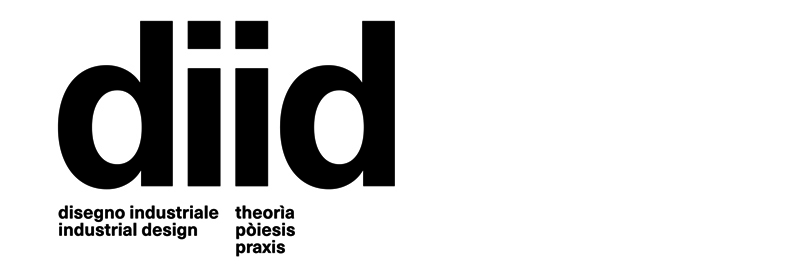
DIID
disegno industriale | industrial design
Over the last two decades diid has investigated design disciplines and practices, recording their development thanks to the great contribution of Italian and international scientific communities. The one we inaugurate is a new phase, where change is the key topic to be analysed and narrated, by understanding the different meanings and impacts on innovation domains. The knowledge about transformations will be achieved also by tracing memories, permanence and constant patterns that affect the social realm. In the contemporary storytelling of the world, the change involves space, time and mankind willingness. We experience the transition from the Anthropocentric world to an Anthropocene era, interrelated to a possible Novacene era where technologies will dominate. Starting from the knowledge about industrial design and the different design sectors, diid will describe advanced design cultures that enable us to study design through the metamorphosis of capitalism, by means of anticipation, balance between different forces, complex systems, stakeholders and key actors, organizations and their mutual relations. diid will study the reality and its forms of representation in a fuzzy world where undefined clients and users, broad industrial players, uncertain briefs, complex solutions, unknown materials, uncontrolled effects, continuously modify its elements. The plan for a new European Bauhaus for the diffusion of design cultures, the post-pandemic rebirth, the pursuit of sustainable objectives in the 2030 Agenda, digital aesthetics and humanities, the man-machine-nature relationship, the transit towards renewable energies and the relations among nine billion inhabitants on Earth in 2050, provide, among others, a vision of the following years, that could be incredibly intense and full of thought and action, therefore full of design. diid will keep studying and recording what happens around design cultures and their correlation with sustainability issues, technologies, society and human behaviours. We will continue focusing on productive thinking, which was defined almost a century ago as the curious and original way through which a designer thinks and acts simultaneously. This same designer studies, describes, shapes and shares ideas, elaborates media and catalyzes knowledge, synthesizes and prototypes, proposes culture, transforms and invents reality. All these actions can accelerate, repair, slow down the effects of time on space, artificial, nature, and at the same time generate new forms, functions, values and meanings in relation to products, goods, services, processes, experiences and bodies.
ANVUR
There is no fee of any kind charged for publishing








